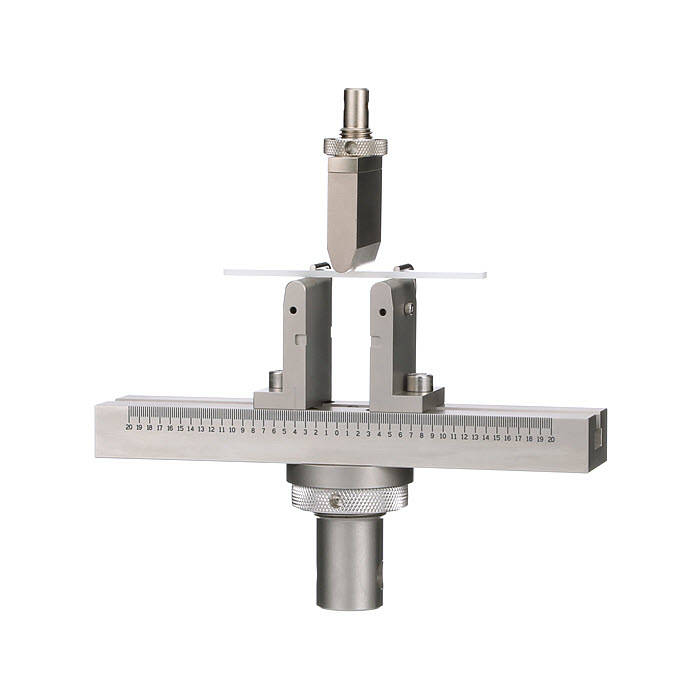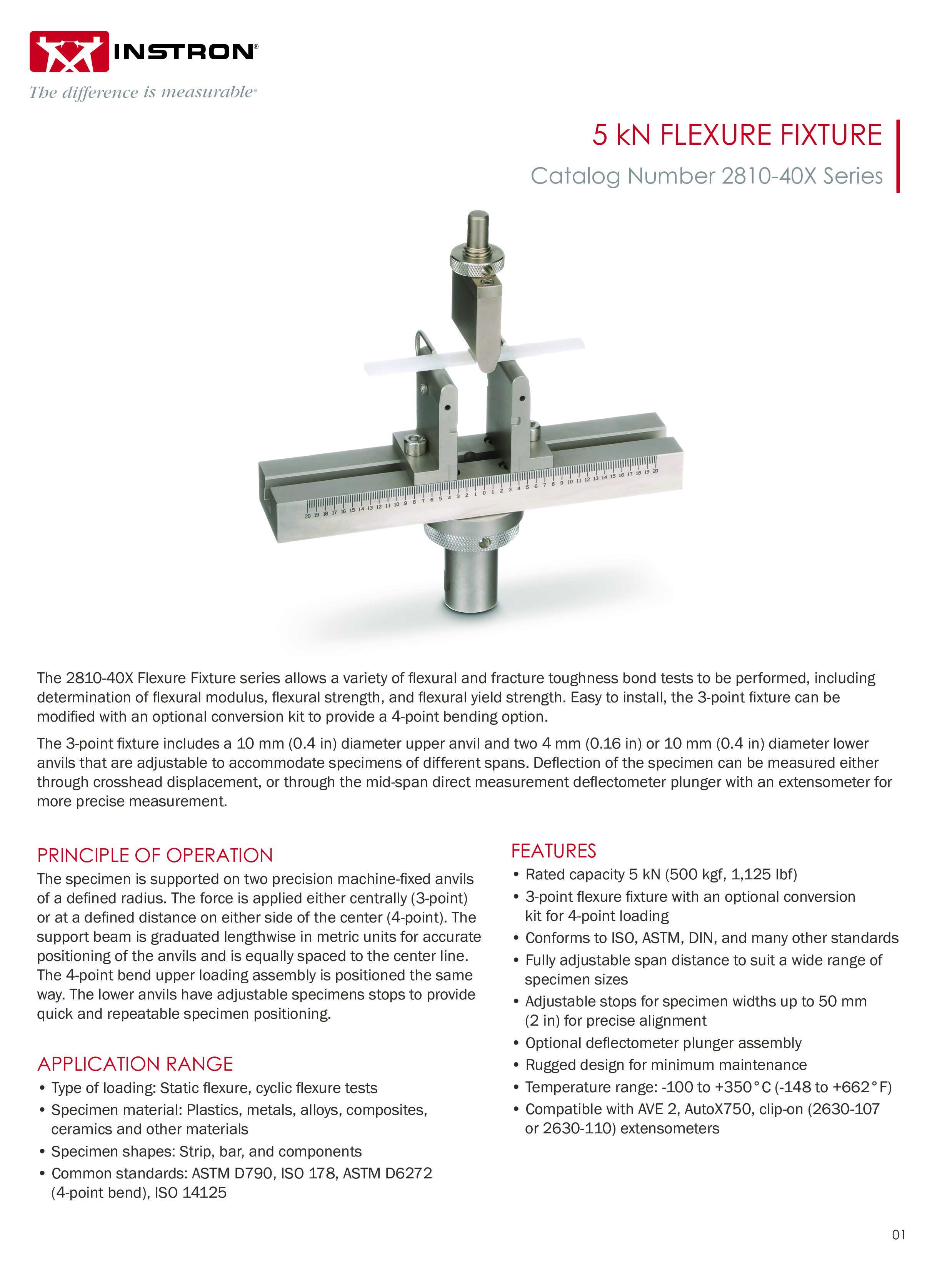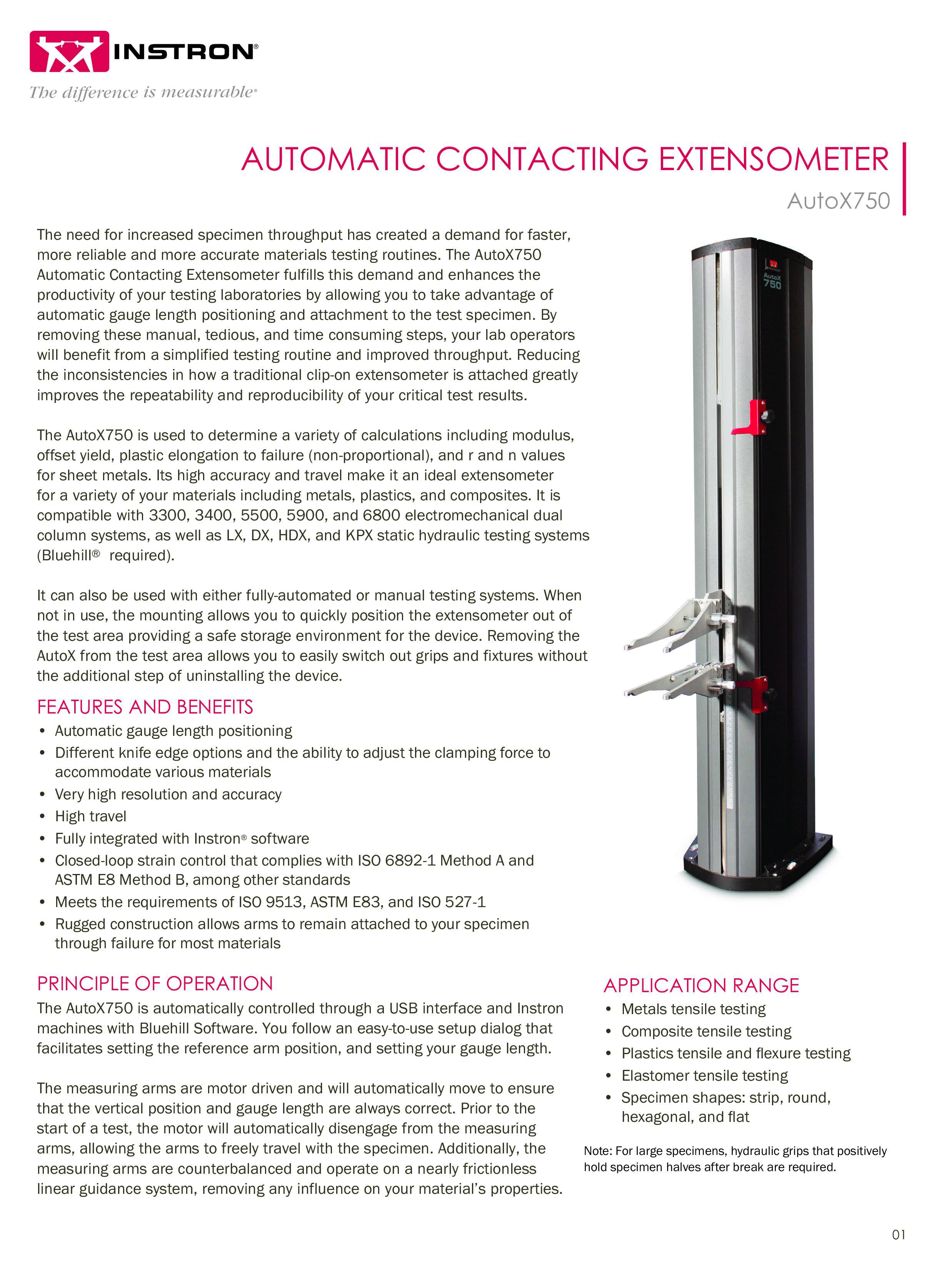The Definitive Guide to ASTM D790 Flexure Testing of Plastics
How to Perform a Flexural Test on Plastics According to ASTM D790
Written by Kayla Thackeray
ASTM D790 is a testing method to determine the flexural (bending) properties of reinforced and unreinforced plastics, high-modulus composites, and electrical insulation materials. This guide is designed to introduce you to the basic elements of an ASTM D790 flexure test, and will provide an overview of the testing equipment, software, and specimens needed. However, anyone planning to conduct ASTM D790 testing should not consider this guide an adequate substitute for reading the full standard.
Is ASTM D790 the Right Standard for You?
ASTM D790 is one of several tests designed to measure the flexural properties of plastics. It is not designed to measure tensile properties, and anyone needing to quantify the tensile properties of plastic materials should refer to ASTM D638. Please note that this standard is not intended to determine flexural strength for materials that don’t break or yield within 5% strain. Such materials may be more suitable for 4-point bend testing in accordance with ASTM D6272.
Differences between ASTM D790 and ISO 178
ASTM D790 is very similar to ISO 178, though it differs in several key points:
- ISO 178 requires the use of either a deflectometer or compliance correction in order to determine modulus. In ASTM D790, this is only a recommendation, and modulus can be calculated by crosshead displacement alone.
- Preferred specimen sizes are different, and because test speed is dependent on specimen depth, test speeds between the standards may vary. The preferred depth of ASTM D790 specimens is 3.2 mm. The preferred depth for ISO 178 specimens is 4 mm.
- ASTM D790 allows only one test speed, whereas ISO 178 allows a second (faster) test speed to be used after modulus is measured.
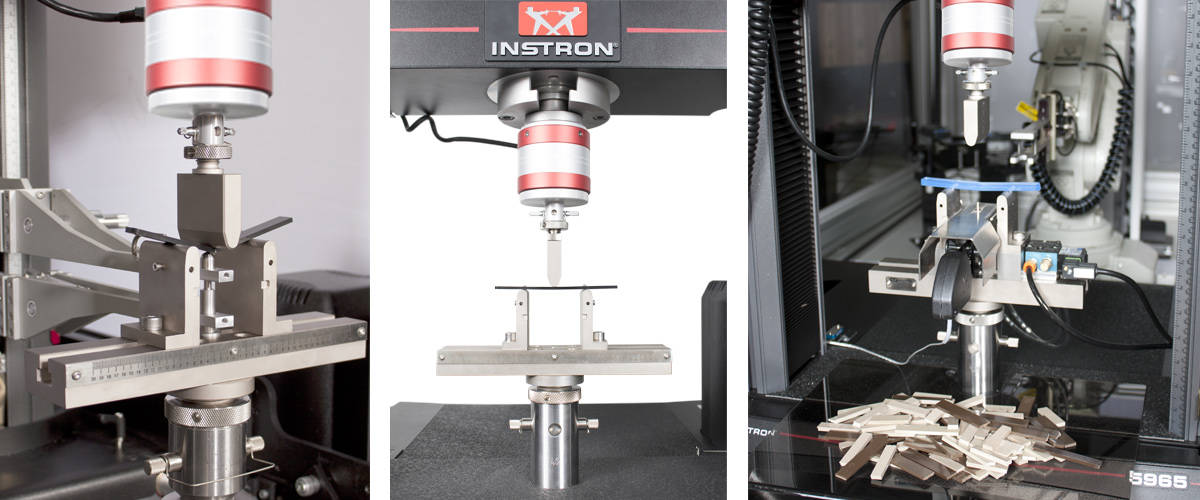
What Does it Measure?
ASTM D790 measures the flexural properties of a material while under a bending strain or deflection. This test is conducted on a universal testing system using a three-point bend fixture at a rate proportional to the depth of the specimen. ASTM D790 testing is used to determine the following mechanical properties:
- Tangent modulus: Also known as flexural modulus, this is the slope of the initial linear portion of the load deflection curve and is a measurement of the material's stiffness.
- Secant modulus: The slope between the origin and a predefined point on the load deflection curve.
- Chord modulus: The slope between two predefined points on the load deflection curve.
- Flexural strength: The maximum flexural stress obtained during a bend test.
- Flexural stress at break: The flexural stress at which a specimen breaks during a bend test. For some materials, the specimen breaks before a yield point, in which case the flexural strength equals the flexural stress at break.
Test Method
ASTM D790 describes two different test procedures intended for different types of material. Procedure A, which is the preferred method, employs a strain rate of 0.01 mm/mm/min. Procedure B employs a strain rate of 0.10 mm/mm/min and is intended for materials that may not break at 5% strain if tested at the lower rate. ASTM D790 allows strain measurement to be taken from either crosshead displacement or the readings of an extensometer, described as Type 1 and Type 2 testing, respectively.
The required test speed for ASTM D790 is expressed as a function of specimen support span, specimen depth, and strain rate. Bluehill® Universal's Expression Builder allows users to input test speed as a function instead of as a static number. After the test operator enters the specimen measurements, the software will automatically modify the test speed according to the equation.
Test System
ASTM D790 testing can be done on either a tabletop or floor model universal testing machine with a variety of accessories that can be configured to optimize your testing. Because every laboratory has different needs, several different system configurations are available.
A sample basic configuration can be seen below. This test setup includes a 3400 Series test system with a 3-point bend fixture and no extensometer, meaning that strain in this case must be measured by crosshead displacement (Type 1 testing). Whenever strain is measured via crosshead displacement, compliance correction is recommended, though not required. 3400 series test frames can also be used in conjunction with extensometry for Type 2 testing.
THROUGHPUT
For labs looking to increase their throughput, several modifications to the system setup can be made. Because D790 testing can be time consuming, Multi-Station 6800 series testing machines are a popular choice for labs with high throughput needs. Fully automated test systems are also available, and are designed to incorporate specimen measurement, specimen loading, testing, strain measurement, and specimen removal. These systems can run for hours without requiring any operator interaction and help reduce variability due to human error.
Specimens
ASTM D790 specimens are rectangular in shape and are either molded, extruded, or cut from plates or sheets. The dimensions of ASTM D790 specimens depend on the thickness of the material, which the standard defines as being the depth of the specimen. Sheet materials with a thickness greater than 3.2 mm will have a width and span proportional to their thickness. Sheet materials with a thickness between 3.2 and 1.6 mm will have a width of 12.7 mm and a span defined as specimen thickness X 16. Sheet materials less than 1.6 mm in thickness will be 50.8 mm X 12.7 mm with a 25.4 mm support span.
Specimen dimensions for electrical insulating materials have a different set of metrics based on their nominal thickness. Molded materials are generally 3.2 mm deep, 12.7 mm wide, and 127 mm long. They use a support span equal to specimen depth X 16. High-strength reinforced composites should have dimensions as outlined in the standard to encourage failure to happen in the outer fibers of the specimen. When testing composites and other anisotropic materials, care should be taken to ensure that failure occurs only due to forces accrued during bending, and specimens should be cut to ensure that the strongest fiber direction is the one being tested.
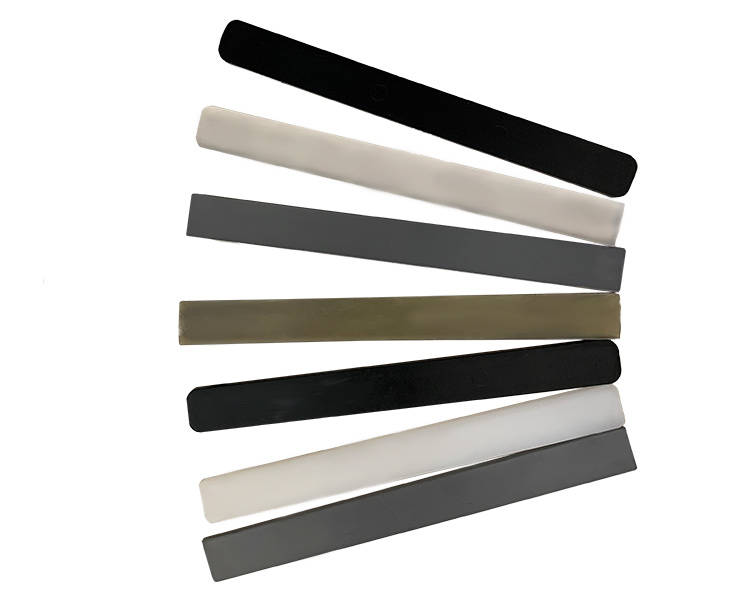
Specimen Measurement
Specimens must be measured with a micrometer that is in accordance with ASTM D5947. Three measurements of specimen width and thickness must be taken, with their average being reported. The Automatic Specimen Measuring Device (ASMD) feature in Bluehill Universal allows operators to connect up to two micrometers or measurement devices to the computer and have them input the mean of the measurements directly into the software. This eliminates the chances of input errors and increases efficiency.
Bend Fixture
A three-point bend fixture is used for ASTM D790. This fixture consists of a loading nose attached to the moving crosshead and a fixed member with two specimen supports, or anvils, which can be adjusted to fit the distance of the specimens' support span. The surface of the anvils and loading nose should be cylindrical and have a radii of 5 mm unless otherwise specified, and the length of the cylindrical member should be longer than the width of the specimen.
Instron’s bend fixture includes several key features to improve test accuracy. Graduated length units on the support beam allow for accurate positioning of the anvils and easy centering of the deflectometer when using strain devices. Instron bend fixtures also come with alignment arms that can be adjusted to fit the width of the specimen, because inconsistent specimen alignment can cause major variations in results and proper care must be taken to ensure that specimens are aligned consistently for each test.



